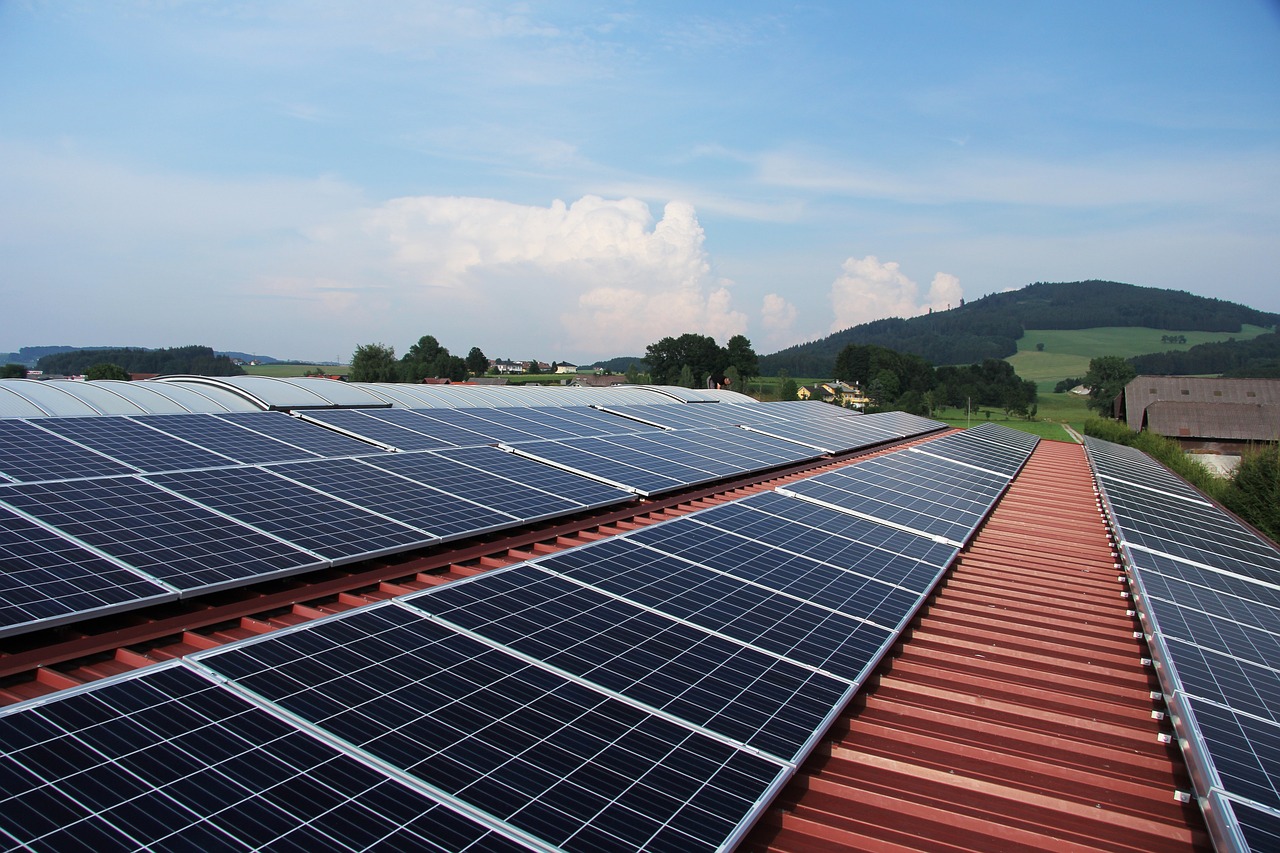Maintaining the right chemical balance in a swimming pool is crucial for clear, safe, and pleasant water. One of the critical aspects of pool care is adjusting the pH levels, and lye (sodium hydroxide) is often used to raise the pH when it’s too low. If you’ve been asking yourself, “how much lye needed for a 22 ft pool?”, this article will guide you through the requirements, calculations, and best practices to ensure proper dosing for optimal pool health.
Ensuring the correct chemical balance in a pool is essential for water quality and swimmer safety. A key element of this balance is maintaining the right pH level, which should ideally range from 7.2 to 7.6. When pH levels fall too low, lye (or sodium hydroxide) is an effective solution for raising them. If you’re unsure how much lye needed for a 22 ft pool, this guide provides the necessary details to make safe and accurate adjustments.
Understanding Pool pH Balance
pH measures how acidic or alkaline your pool water is. When pH is balanced, the water feels comfortable, and chlorine works effectively to sanitize it. Ideally, pool water pH should stay between 7.2 and 7.6. If pH drops below this range, the water becomes acidic, which can be irritating to the skin, eyes, and can even cause damage to pool surfaces and equipment.
Why Use Lye for pH Adjustment?
Lye, also known as sodium hydroxide, is a strong alkaline compound commonly used in pool maintenance. When added to pool water, lye raises the pH level, helping balance the water. It’s particularly useful because it works quickly and is more accessible than some other chemicals.
Calculating Pool Volume for a 22 Ft Pool
Before determining how much lye needed for a 22 ft pool, it’s crucial to know the pool’s volume. For a round, 22-foot diameter pool, you can calculate volume using the formula:
Volume (gallons)=diameter2×depth×5.9\text{Volume (gallons)} = \text{diameter}^2 \times \text{depth} \times 5.9Volume (gallons)=diameter2×depth×5.9
For example, a 22 ft diameter pool with an average depth of 4 feet would hold approximately 5,700 gallons.
How Much Lye Needed for a 22 Ft Pool?
The exact amount of lye needed depends on the pool’s current pH level and total alkalinity. A common starting point is 1/4 pound of lye per 10,000 gallons to raise pH by 0.2. Since a 22 ft pool holds about 5,700 gallons, a small dose of around 1/8 pound should be enough for a slight pH increase. Always test pH before and after adding to avoid over-adjustment.
Steps to Adding Lye to Your Pool
- Wear Safety Gear: Lye can be dangerous if mishandled, so use gloves and safety goggles.
- Measure Lye Accurately: Based on your pool volume and pH needs, measure the recommended amount.
- Dilute with Water: Slowly add lye to a bucket of water (never water to lye) and mix gently.
- Add to Pool: Pour the diluted lye around the pool edges, avoiding concentrated areas.
- Circulate the Water: Run your pool pump for at least an hour to evenly distribute the lye.
Monitoring pH Levels After Adding Lye
After adding lye, it’s essential to recheck your pH level within a few hours. If it’s not within the target range, small incremental adjustments may be needed. Check pH at least once a week to keep levels steady.
Factors Affecting pH Balance in Pools
Several factors influence pH levels in pools, including:
- Weather Conditions: Rain and heat can impact water chemistry.
- Pool Usage: More swimmers introduce organic materials that can lower pH.
- Chemical Additions: Other chemicals, such as chlorine, can also affect pH.
Keeping these variables in mind helps maintain stable pH levels.
Signs of Incorrect pH Levels in Pool Water
Low pH can cause itchy skin, red eyes, and corrosion of metal pool parts, while high pH often results in cloudy water, scaling, and reduced chlorine effectiveness. If you observe these issues, it may be time to adjust your lye dosage.
Other Chemicals That Impact Pool pH
Apart from lye, chemicals like muriatic acid and sodium bicarbonate can alter pool pH. While lye raises pH, muriatic acid lowers it, and sodium bicarbonate increases alkalinity.
Avoiding Common Mistakes When Using Lye
- Overusing Lye: Small, frequent adjustments are better than large, infrequent doses.
- Incorrect Dilution: Always dilute in water before adding to prevent hot spots in the pool.
- Neglecting to Test: Regular testing prevents overcorrection and keeps pH balanced.
Conclusion
Understanding how much lye needed for a 22 ft pool is essential for effective pool maintenance. By measuring your pool’s volume, calculating the appropriate amount of lye, and regularly monitoring pH, you can keep your water crystal clear and safe for swimming. Remember, small adjustments go a long way in achieving the perfect balance.
FAQs
1. How much lye needed for a 22 ft pool if the pH is very low?
For a 22 ft pool with a very low pH, start with around 1/8 pound of lye per 5,700 gallons and adjust as needed.
2. How often should I check the pH after adding lye?
Check pH a few hours after adding lye and at least once a week to maintain balance.
3. What safety precautions are needed when using lye?
Wear gloves, goggles, and avoid inhaling lye dust. Always dilute in water before adding.
4. Will lye impact other chemicals in my pool?
Yes, lye can interact with other chemicals, so test pH frequently to prevent imbalances.
5. Can I add more lye at once if the pH doesn’t change?
It’s safer to add small amounts gradually and test pH between doses to avoid overcorrection.














Leave a Reply